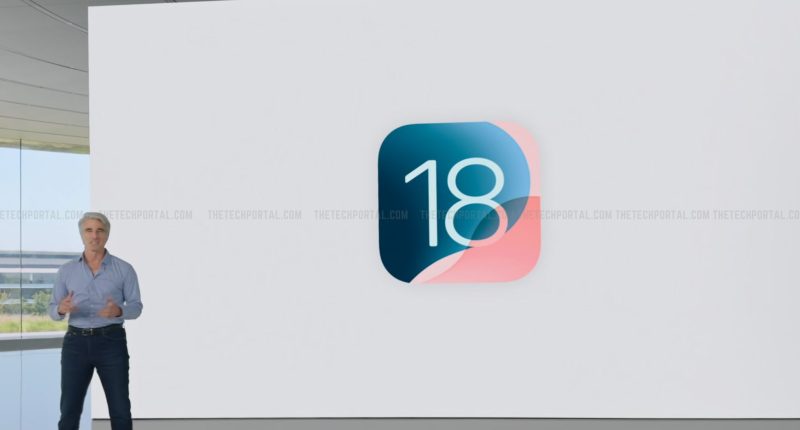Apple has launched the first public betas for its 2024 software updates, including iOS 18, iPadOS 18, macOS Sequoia, and watchOS 11. These initial releases allow users to test the latest features and improvements before the official updates arrive later this year. The beta program is accessible to anyone with an Apple ID, soon to be rebranded as an Apple Account, by enrolling in the Apple Beta Software Program.
To install the public betas, users must register their devices through the Apple Beta Software Program website. Once enrolled, the betas can be installed by navigating to Settings, then to General, and then move on to Software Update. Then, they have to select the Beta Updates menu, and choosing the Public Beta option. It’s important to note that while most devices can be reverted to a previous OS version, this is not possible for the Apple Watch. Users must wait for the official release this fall if they wish to revert their watchOS.
One of the most anticipated features of this year’s updates is Apple Intelligence, Apple’s foray into generative AI. Although not available in the initial public betas, Apple Intelligence will be integrated into all major platforms later this year. This AI system combines on-device and cloud processing to enhance various functionalities. Among its capabilities, it includes optional ChatGPT integration and promises a more advanced Siri, improved Safari features, and new writing tools.
Furthermore, iOS 18 introduces several new customization options that give users greater control over their Home Screens. Gone are the days of a strictly grid-based Home Screen. Users can now freely arrange apps and widgets anywhere on the screen, fostering a truly personalized aesthetic that reflects their individual preferences. iOS 18 also brings the ability to change app icon colors adds another layer of visual flair.
The Control Center also gets a makeover in iOS 18. Users can now enjoy more granular control over the features they access most often, with the option for further customization to streamline their workflow. For photography enthusiasts, a significant update to the Photos app promises a more streamlined experience, making it easier to navigate and organize their ever-growing collections. The Messages app also boasts new formatting and effect options, empowering users to enhance their communication and express themselves more creatively.
iPadOS 18 inherits many of the user-centric features introduced in iOS 18. However, the most significant addition for iPad users is undoubtedly the introduction of a native Calculator app. This app caters specifically to the iPad’s larger screen real estate, offering a more intuitive experience than using a calculator app designed for the iPhone. Furthermore, the Math Notes feature takes advantage of the Apple Pencil (or keyboard) for real-time expression evaluation, variable assignment, and graph plotting, making it an invaluable tool for students, mathematicians, and anyone who frequently works with calculations.
The Notes app in iPadOS 18 also receives an upgrade with the introduction of the Smart Script tool. This innovative feature empowers users to write freely without worrying about messy handwriting. Smart Script automatically smooths out your penmanship while preserving your personal style, ensuring that your notes remain legible and easy to understand. Additionally, the ability to convert recordings into searchable live audio transcriptions further enhances note-taking capabilities, making it easier to capture and organize information during lectures, meetings, or brainstorming sessions.
macOS Sequoia introduces several features designed to enhance multitasking and security on Mac devices. One of the standout features is iPhone Mirroring, which allows users to view and control their iPhone screen directly from their Mac. This feature is expected to streamline workflows for users who frequently switch between devices.
The update also includes a new Passwords app, which consolidates stored credentials from iCloud Keychain and Safari’s settings into a standalone application. This change aims to improve security and user convenience by providing a centralized location for password management. Additionally, the new Window Tiling feature allows users to snap windows into various grid patterns. Furthermore, watchOS 11 brings several new features aimed at improving health and fitness tracking on the Apple Watch.
One of the most notable additions is the ability to pause Activity Rings, allowing users to take breaks due to illness, injury, or other disruptions without losing their streaks. The update also introduces a new Vitals app, which expands on sleep tracking by providing detailed insights into overnight health metrics. Users can quickly see if any of their metrics deviate from the norm, helping them stay informed about their overall health.
The Tech Portal is published by Blue Box Media Private Limited. Our investors have no influence over our reporting. Read our full Ownership and Funding Disclosure →






